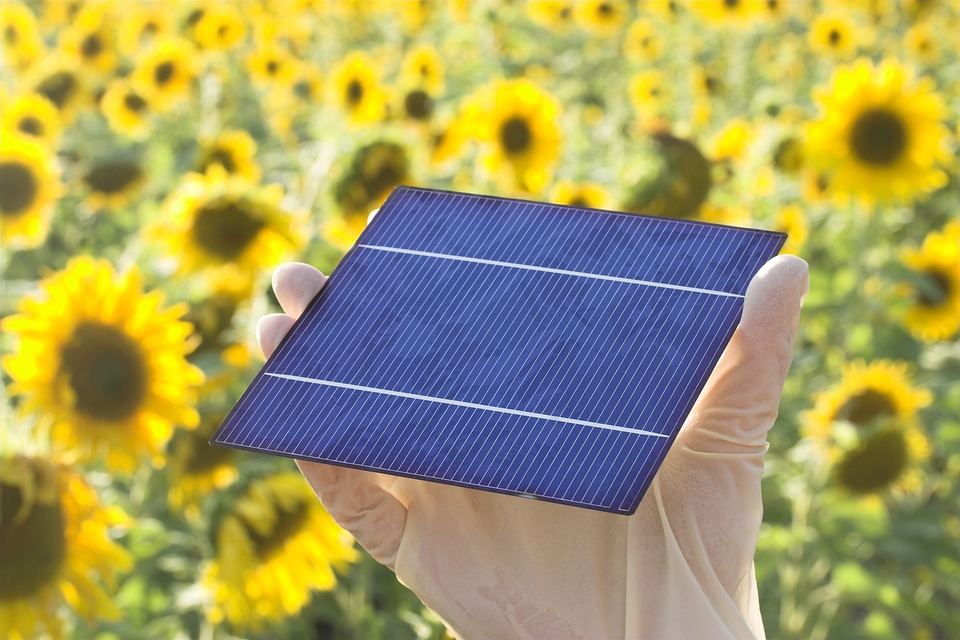The Rise of Solar Cells: Shaping the Energy Landscape for a Sustainable Future
Solar energy has been gaining momentum as a viable alternative to traditional fossil fuels in recent years. The use of solar cells to harness the power of the sun has been instrumental in shaping the energy landscape toward a more sustainable and eco-friendly future. In this article, we will explore the rise of solar cells and their impact on the energy industry.
The Evolution of Solar Cells
Solar cells, also known as photovoltaic cells, are devices that convert sunlight into electricity. The concept of harnessing solar power has been around for centuries, with the earliest solar technologies dating back to the 7th century B.C. However, it wasn’t until the 1950s that the modern solar cell was developed, leading to advancements in solar technology that have revolutionized the energy industry.
The Growing Popularity of Solar Energy
With increasing awareness of climate change and environmental degradation, there has been a surge in the adoption of solar energy as a clean and sustainable alternative to fossil fuels. Governments, businesses, and homeowners are increasingly turning to solar power to reduce their carbon footprint and lower their energy costs.
- According to the Solar Energy Industries Association (SEIA), the United States’ solar energy capacity has grown by an average of 42% per year over the past decade.
- China, the world’s largest producer of solar energy, has significantly expanded its solar capacity in recent years, accounting for nearly 30% of global solar installations.
- India and European countries have also made substantial investments in solar energy, contributing to the global shift toward renewable sources of power.
The Advantages of Solar Cells
The rise of solar cells can be attributed to the numerous benefits they offer compared to traditional energy sources. Some of the key advantages of solar cells include:
- Renewable and Sustainable: Solar energy is a clean and renewable source of power, significantly reducing the reliance on finite fossil fuels.
- Low Environmental Impact: Solar energy production has minimal impact on the environment, as it does not emit greenhouse gases or other pollutants.
- Cost-Effective: The cost of solar panels and related technology has decreased significantly in recent years, making solar power more accessible to consumers and businesses.
The Role of Solar Cells in Shaping the Energy Landscape
The proliferation of solar cells has had a profound impact on the energy landscape, disrupting traditional power generation and distribution methods. Solar energy has the potential to decentralize power, allowing individual homeowners and businesses to generate their electricity and sell excess energy back to the grid. This decentralized approach to energy production can lead to greater energy independence and resilience.
Case Studies: Solar Energy Success Stories
Several countries have made significant strides in integrating solar energy into their energy mix, leading to remarkable successes in sustainable power generation. One such example is Germany, which has emerged as a global leader in solar energy adoption. The German government’s generous feed-in tariffs and financial incentives have encouraged widespread installations of solar panels on rooftops and in solar parks across the country, contributing to a significant share of renewable energy in the national grid.
The Future of Solar Energy
The future of solar energy looks promising, with continued technological advancements and innovations driving down costs and improving efficiency. Emerging technologies, such as solar shingles and transparent solar panels, are expanding the possibilities for integrating solar power into various applications and architectures. Additionally, advancements in energy storage solutions, such as lithium-ion batteries, are addressing the intermittency of solar power, enabling a more reliable and consistent energy supply.
Conclusion
The rise of solar cells is undoubtedly shaping the energy landscape for a sustainable future. With its numerous advantages, increasing popularity, and potential for decentralization, solar energy has the capacity to revolutionize the way we produce and consume power. As we continue to harness the power of the sun, we pave the way for a cleaner, greener, and more sustainable world.


Pingback: The Rise of Solar Cells: Shaping the Energy Landscape for a Sustainable Future – Home Solar Sessions
I don’t think the title of your article matches the content lol. Just kidding, mainly because I had some doubts after reading the article.
Explore the ranked best online casinos of 2025. Compare bonuses, game selections, and trustworthiness of top platforms for secure and rewarding gameplaycrypto casino.